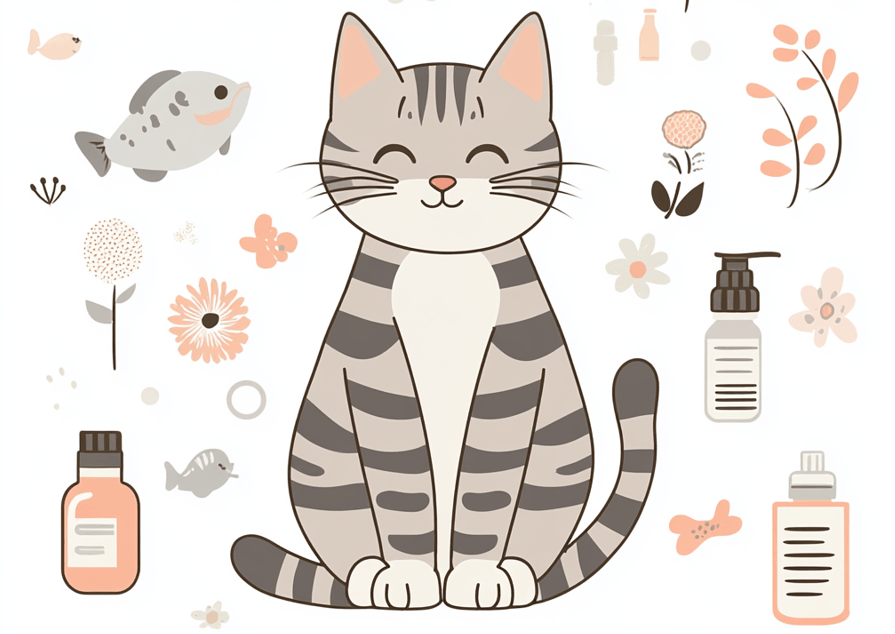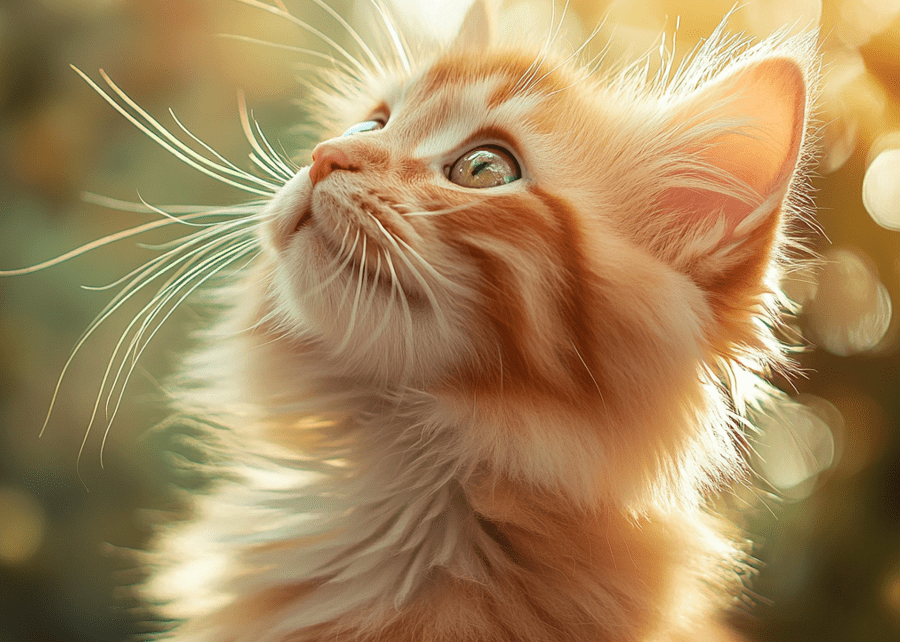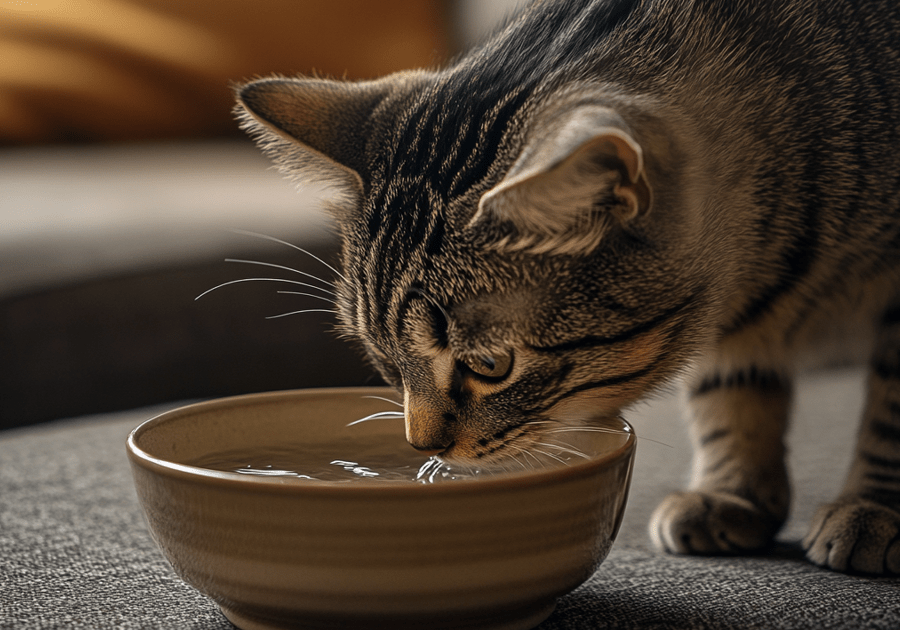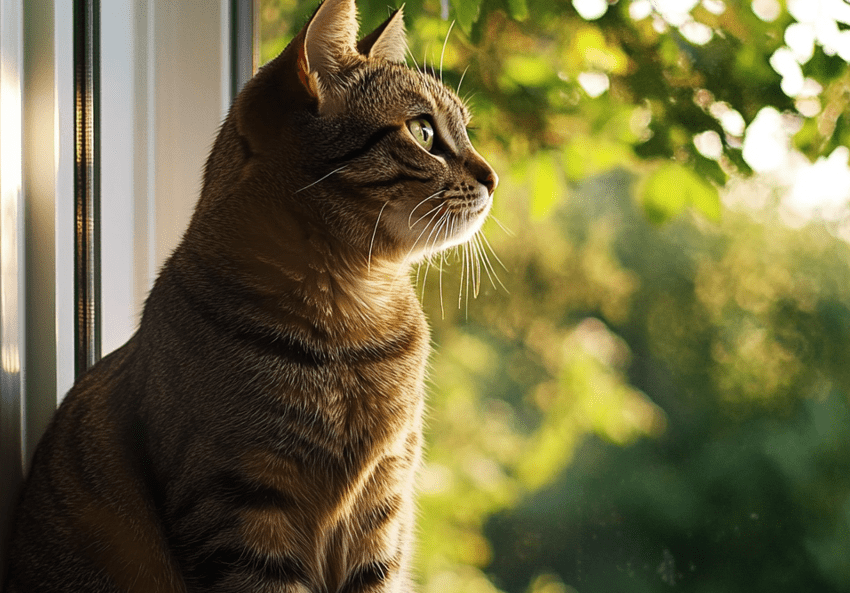
Dealing with feline obesity has become an increasingly thorny issue among cat owners in the present time. This paper seeks to stress on overweight and obesity in cats which is becoming more rampant and the solutions to it. Causes and health risks related to the obesity issue in cats will be examined in this article along with real-life ways on how to prevent it. The purpose of this website is to educate cat caregivers about modifying their feline’s behavior and environment to reach and sustain a healthy body condition.
Understanding Feline Obesity
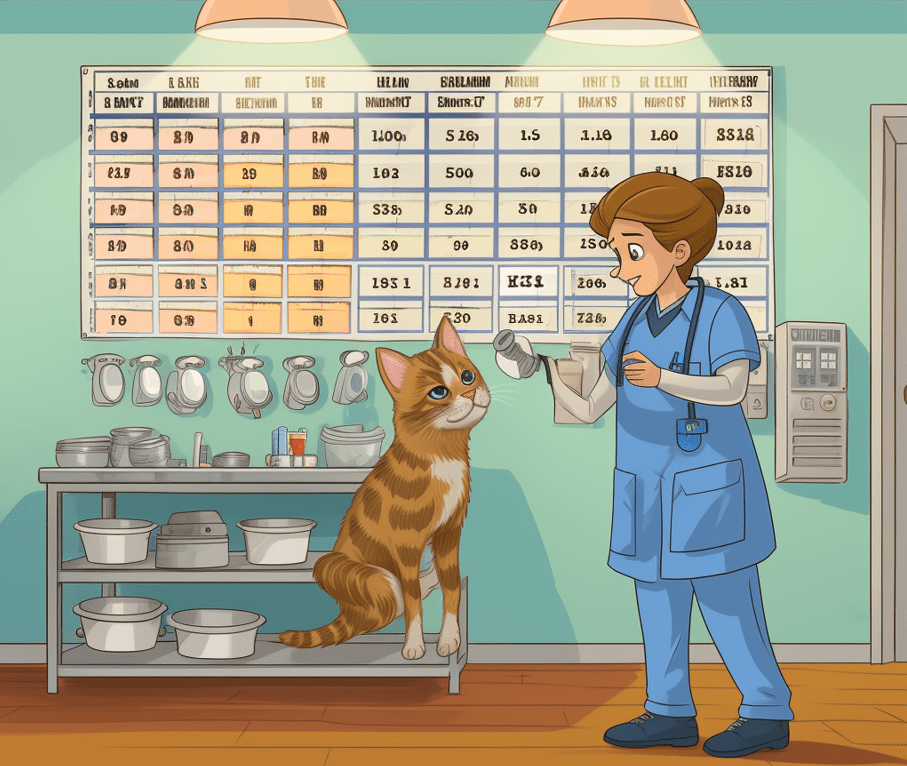
Obesity in cats describes a state whereby a cat gets an excess of body fat that is dangerous to the cat’s health. Overweight and obesity are other related problems common to cats; research reveals that about 58% of pet cats are either overweight or obese. This condition is caused by over-feeding, under activity as well as genetic influence.
Causes of Feline Obesity
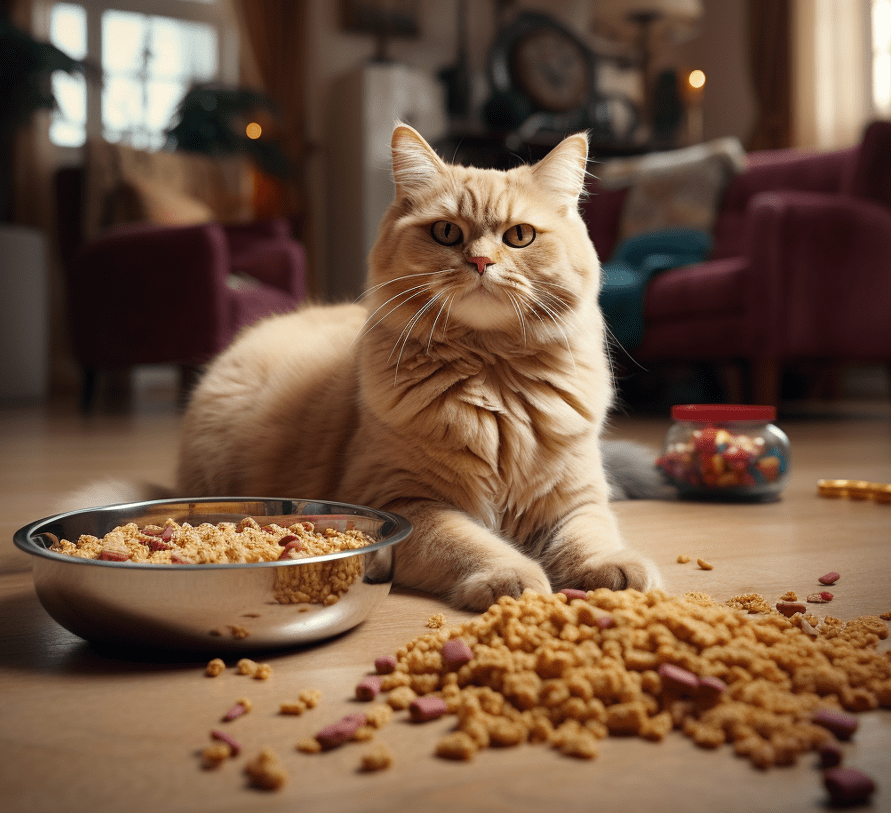
Overfeeding: A large number of cat owners tend to provide their cats with more food than required. Giving your cat food all day and giving him or her high calorie treats results in your cat becoming overweight.
Lack of Exercise: Domestic cats have a tendency to spend much time indoors, and do not get much exercise throughout their day. This style of living lacks exercise, and that is why people gain a lot of weight.
Genetic Factors: Certain cat breeds have an increased risk of becoming obese due to what is genetically recommended for the breed. For instance, domestic shorthair and longhair cats have a way of adding weight to their bodies more than most other cat breeds.
Complication Linked to Excess Weight in Cats
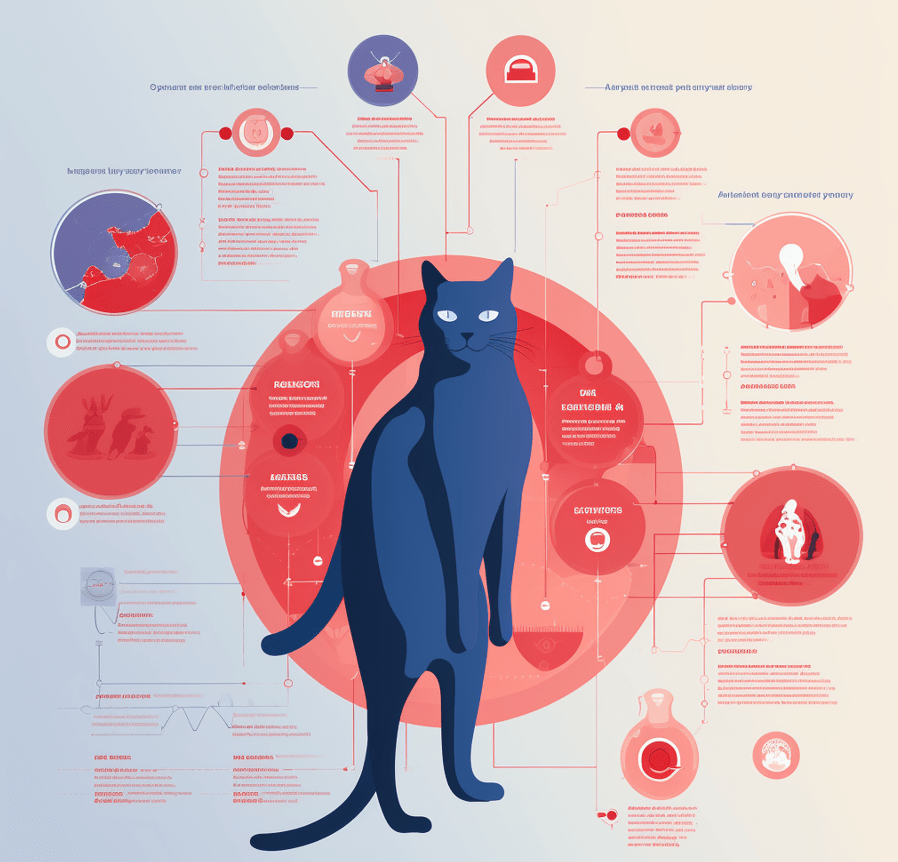
Diabetes Mellitus: Cats are also more vulnerable to develop diabetes if they are obese. Obesity has been known to result in high blood sugar levels by making the body cells become insulin resistant.
Arthritis: Obesity causes increased pressure on joints which makes a cat have to deal with arthritis and is unable to move around as it used to.
Heart Disease: Specifically, obesity can cause cardiovascular issue among cats.
Liver Disease: Lipid accumulation in the liver can cause hepatic lipidosis which is a potentially fatal disease.
Respiratory Issues: Obese cats may develop problems of breathing and reduced lung capacity.
Diagnosing Feline Obesity
It is not enough that one says that a certain cat is obese simply by its size. Here are some steps to accurately diagnose feline obesity:
Body Condition Score (BCS): Veterinarians make use of a BCS chart with the purpose of evaluating the body fat of a cat. The chart measures BMI from 1 to 9, with 1 indicating a severely underweight and 9 signifying severe obesity. Naming a feline with 4-5 indicates that the cat is healthy.
Veterinary Assessment: you should take your cat to the vet often to track the cat’s weight as well as its general health condition. Based on your cat’s condition, your vet will advise the best ways to control the obesity of the cat.
How to Manage Obesity in Cats
Reducing and managing feline obesity involves using more than one method, which is choosing the kind of food to feed the cat, exercising the cat more frequently, and altering the cat’s behavior. Here are some effective strategies to help your cat achieve a healthy weight:
Balanced Diet
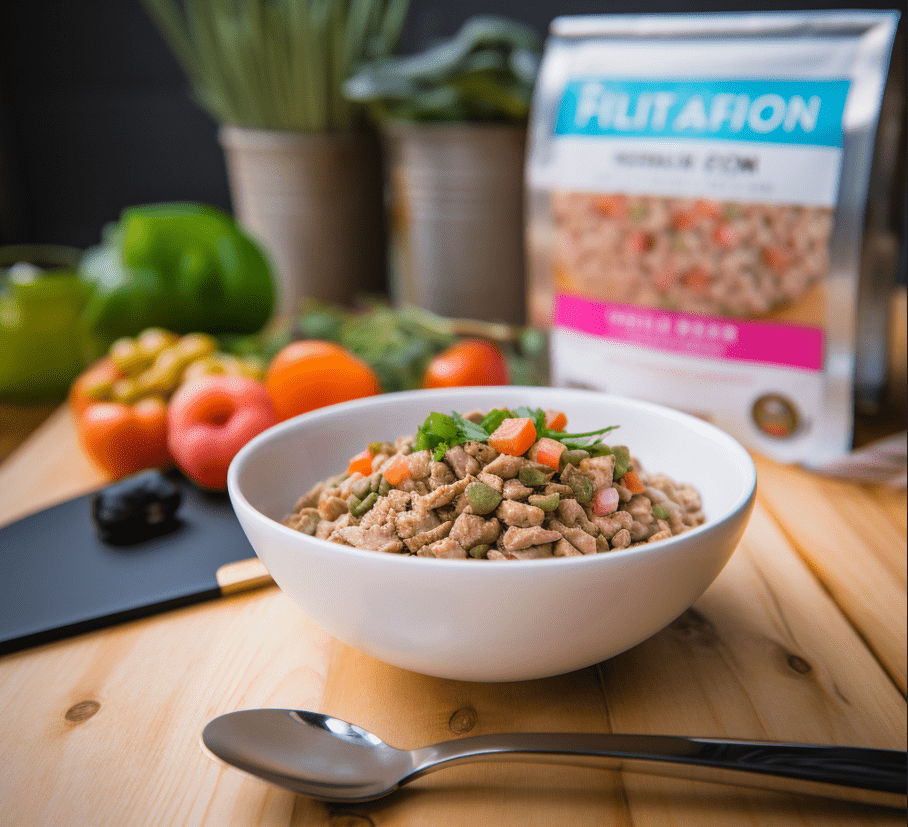
Choosing the Right Cat Food: Choose a high-quality formulated cat food from your preferred supplier that will adequately feed your cat. Choose those with high protein and low carb as compared to favoring those with high vitamins.
Portion Control: Feed your cat in portions and also adhere to the portions set out by your vet or cat food manufacturers depending on their energy density.
Feeding Schedule: Set a feeding routine and should avoid free feeding. One of the advantages of feeding your cat small portions severally is that it will assist control the metabolic rate of the cat.
Regular Exercise
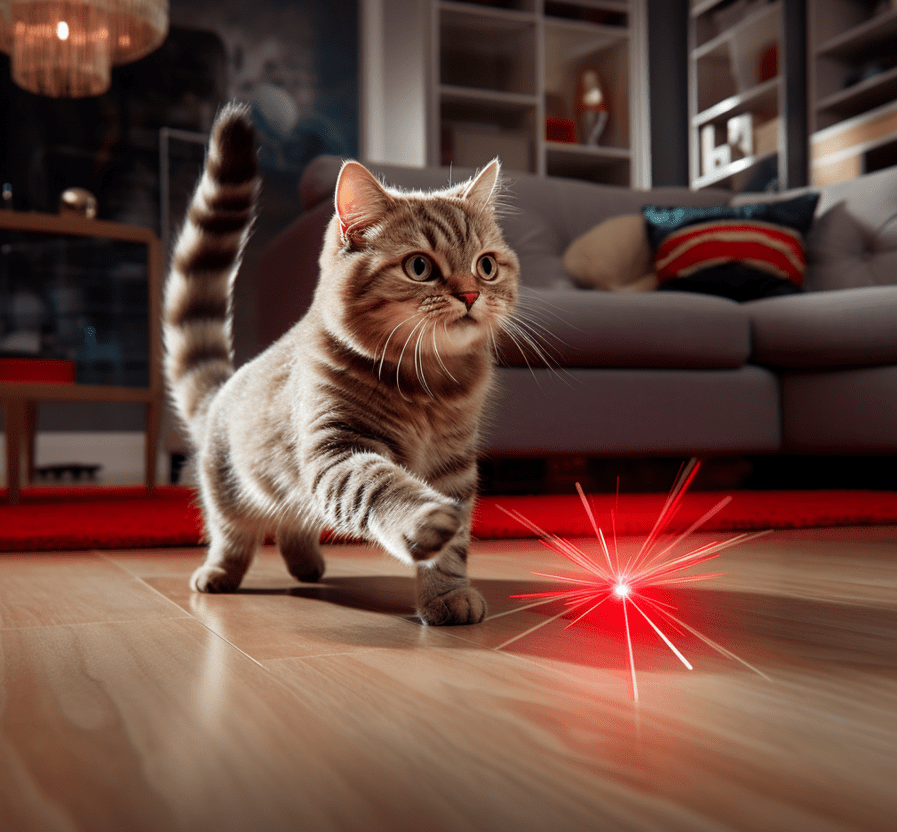
Interactive Play: Stimulate your cat by giving him or her toys such as feathers, laser light pointers, scratching posts and even feeding puzzles. These activities are useful as they help enhance your cat’s both the mental and physical activity.
Outdoor Activities: If you can, take your cat outdoors for walks on a harness or build a safe outdoor area where the cat can safely go out into (catio).
Toy Rotation: Give the best toys to your cat and don’t let them get dull and boring by only playing with them sometimes or only using them for a long period of time.
Behavioral Changes
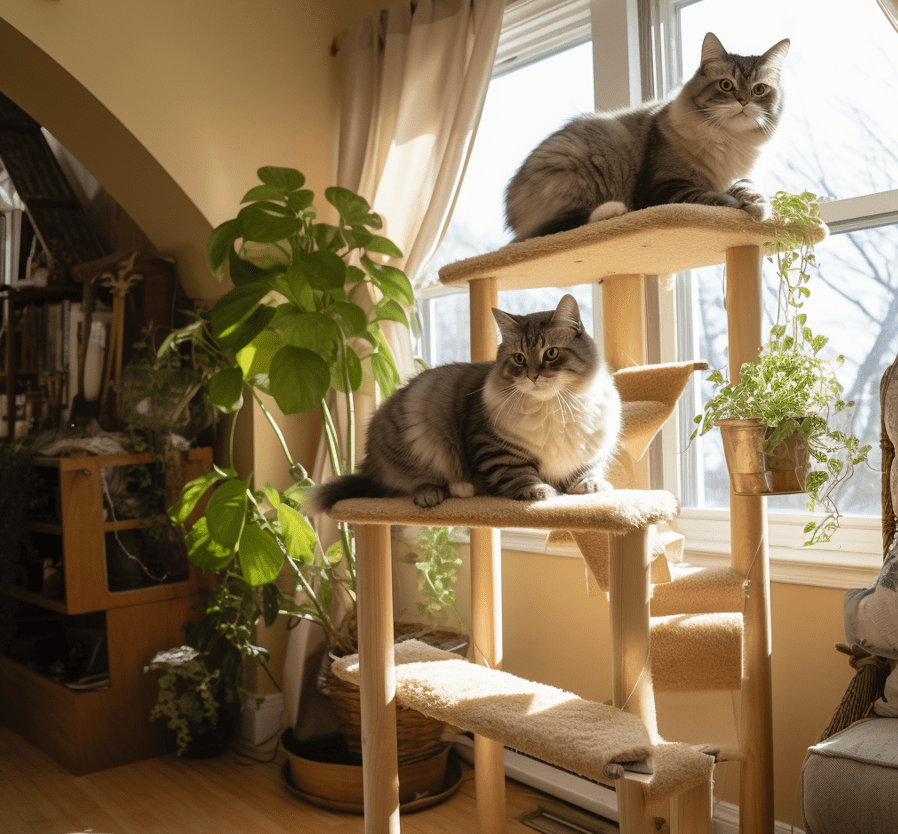
Address Feeding Behaviors: Change any feeding related behavior that caused weight issues like demand for food or feeding to prevent boredom.
Mental Stimulation: Offer keen stimulation by engaging in the following activities; Use puzzle toys and training sessions. Mental activity also can go a long way in preventing excessive eating because of its opposite- bore.
Environmental Enrichment: Make it active environment by placing climbing structures, perches for them to stand in and scratching posts.
Communicating with Your Veterinary Care Provider
Your veterinarian is one of your best allies in order to control your feline’s weight. These visits can then keep monitoring your cat and any necessary changes to its diets for weight loss made. Here are some ways your veterinarian can support you:
Customized Weight Loss Plan: Ask your vet for basic dietary recommendations as well as an estimation of the amount of time you should spend exercising with your pet.
Monitoring Progress: Daily weigh and body condition checks are done to monitor your cat’s changes and make corrections if needed.
Medical Interventions: At times, its necessary to involve your veterinarian, which may prescribe you change your diet to lean diets or even use of drugs in cases of overweighting.
Success Stories And Testimonials
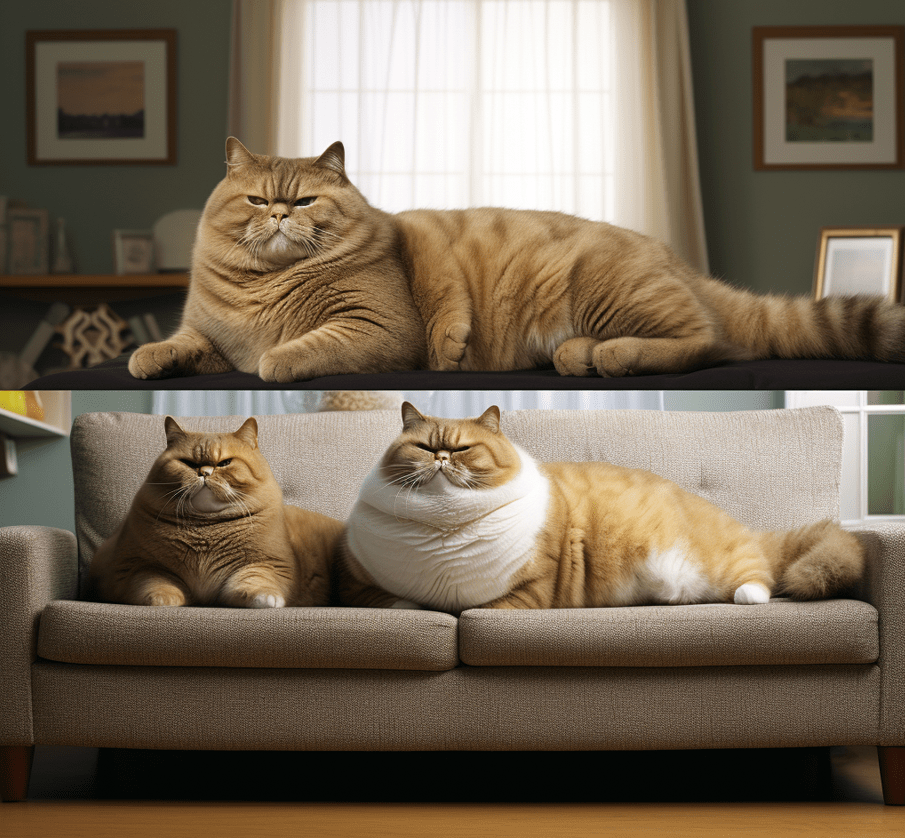
Getting information on other cat owners who have worked out on how to handle the issue of obesity in cats can be motivating. Here are a few real-life stories of cats that successfully lost weight and improved their health:
Mittens: Mittens, a 5 year tabby cat, scales 15 pounds before owner begins to try diet. With the help of portion management, playing time, and consulting a veterinarian Mittens gained a heath weight of 10 pounds within 6 months.
Whiskers: Maine Coon, 8-year old named Whiskers, has long-term problem of obesity. When Whiskers changed to a high protein low carbohydrate diet and played daily through interactive, agile kind of play she shed six pounds and became more alive.
Conclusion

Coping with obesity in cats is crucial in achieving proper health of cats and this article highlights some of the tips to follow when trying to do so. Knowing why obesity occurs, what diseases are related to obesity and ways of preventing it, will help keep your cat free from the obesity danger. Remember, just like you, your cat needs to see the vet regularly, and keep diet and exercise in check to achieve desired results.

